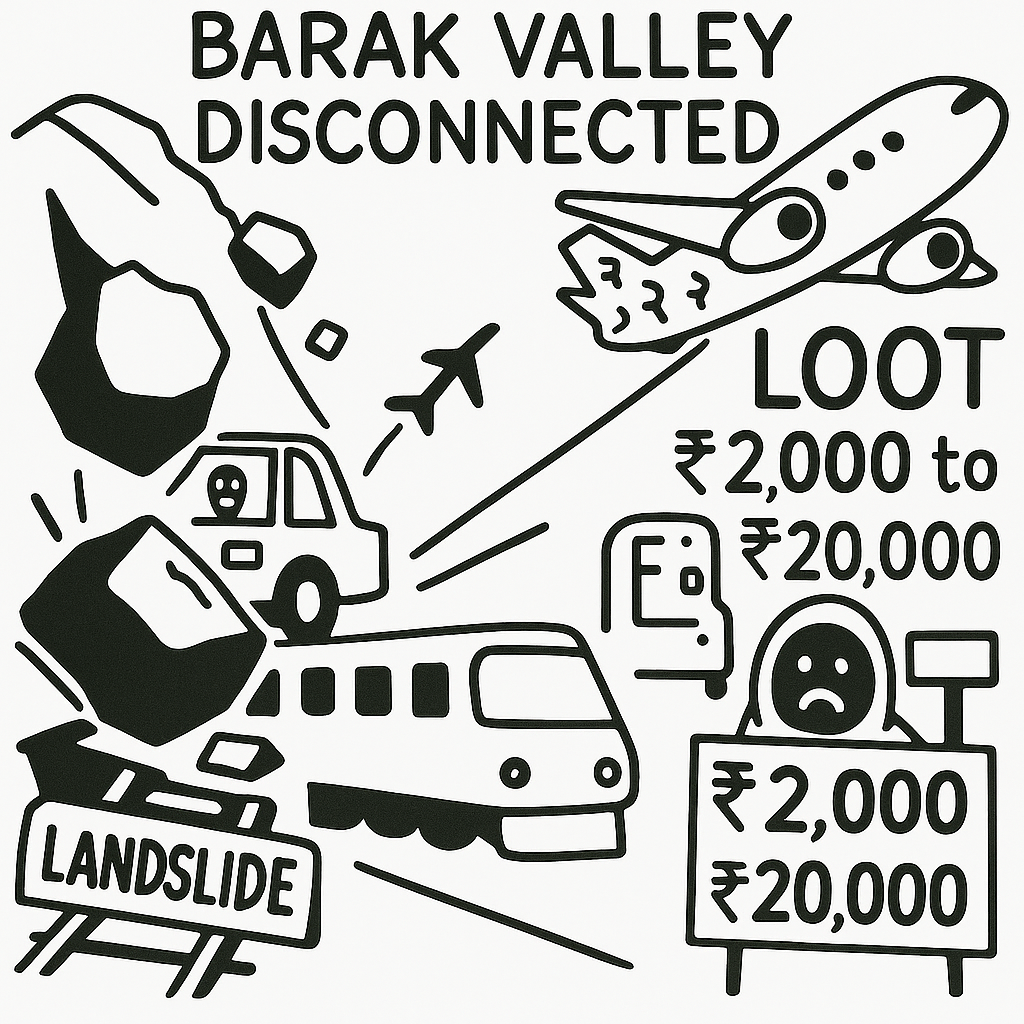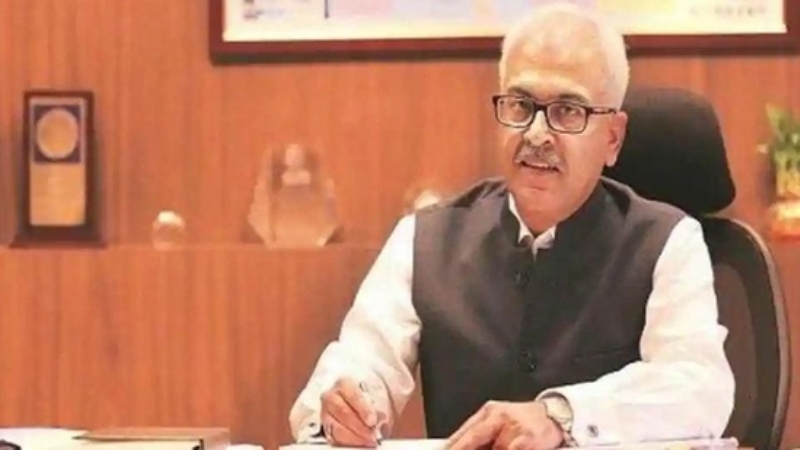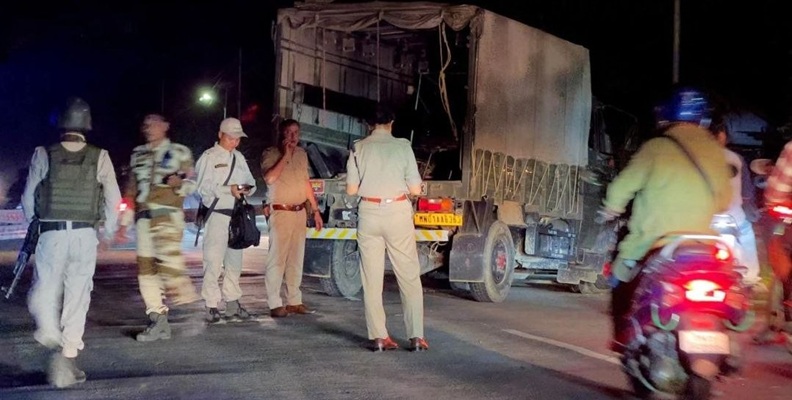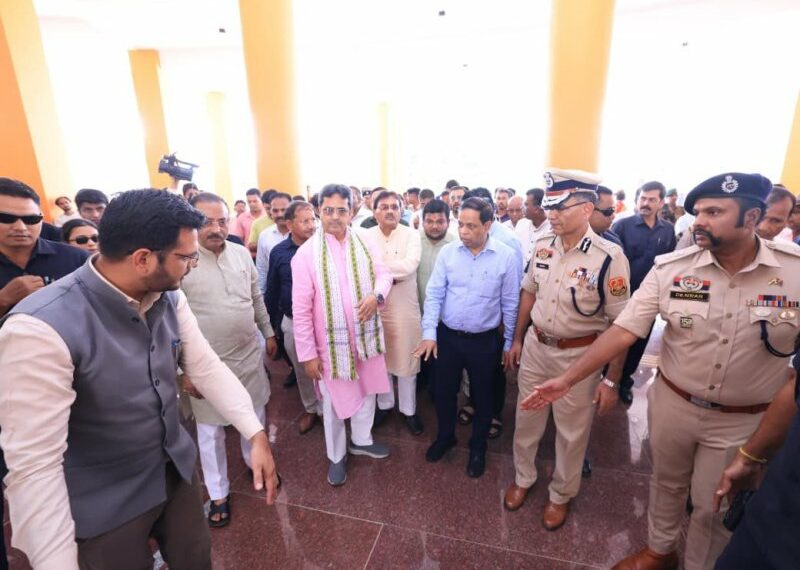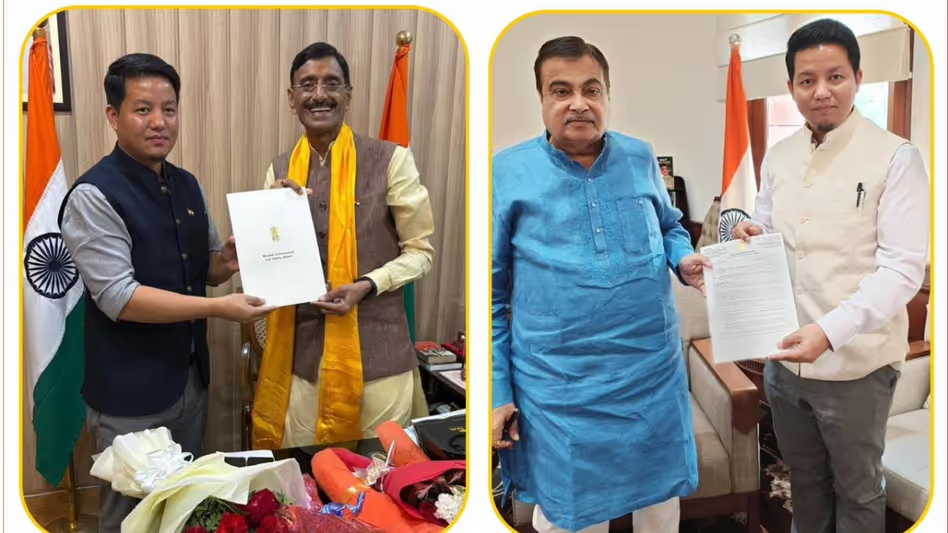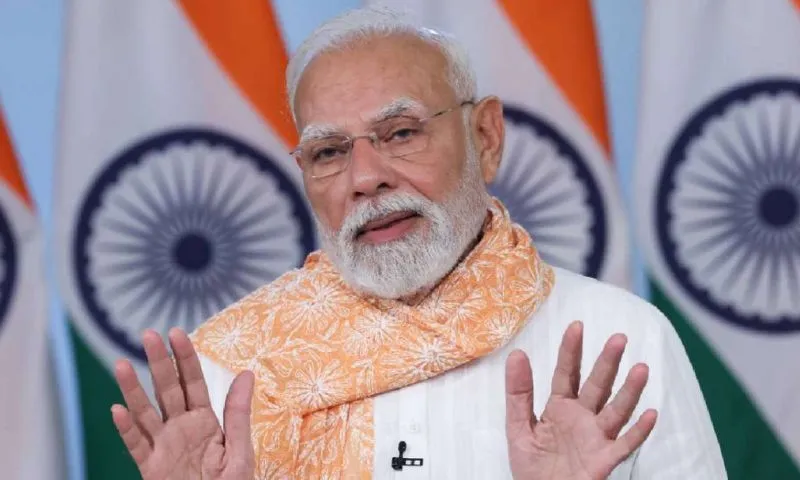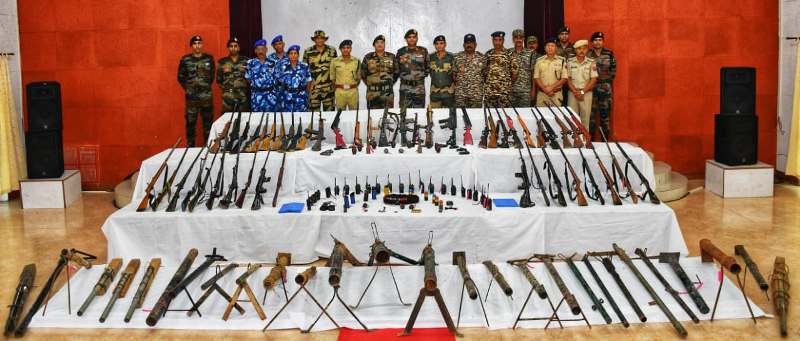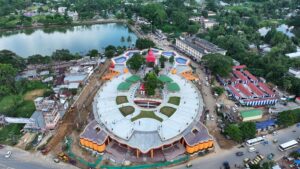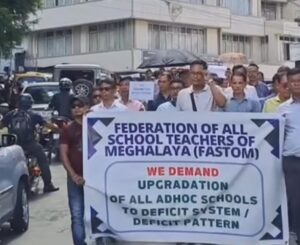
Truth-Keepers in a Digital Democracy.
B O News Desk : In the unfolding age of digital revolution, societies across the globe are experiencing a profound transformation in the way information is created, disseminated, and consumed.
While social media platforms and web-channels are rapidly emerging as the preferred mediums for communication and news, traditional newspapers are reeling under the burden of high costs of production, distribution, and dwindling readership.
This seismic shift has created both an opportunity and a challenge for democratic societies such as India.
At the heart of this transformation lies the very foundation of democracy—the right to information.
Article 19(1)(a) of the Indian Constitution guarantees the freedom of speech and expression, and the Supreme Court has consistently interpreted this right as encompassing the right to know and the right to receive information.
Equally, Article 19(2) allows for reasonable restrictions in the interests of sovereignty, integrity, security, public order, decency, and morality. Balancing these two pillars is the real challenge of our times.
The Government of India, recognizing this challenge, has already taken meaningful steps to bring digital platforms into the mainstream.
The Digital Advertisement Policy of 2023 is a landmark effort to ensure that web-channels, OTT platforms, and digital news outlets are empanelled to receive government advertisements, a move that not only provides them with revenue support but also ensures transparency in how public funds are spent.
By setting eligibility criteria based on reach and user engagement, the policy ensures that credible platforms benefit while fly-by-night operators are kept out.
Similarly, the Information Technology (Intermediary Guidelines and Digital Media Ethics Code) Rules 2021 created a structured grievance redressal system and placed accountability on large platforms to prevent harmful or misleading content from spreading unchecked.
These policies form the bedrock of a new digital ecosystem, but the question remains: how does India ensure that the fundamental right to information is preserved while simultaneously curbing the menace of fake news and AI-generated misinformation?
The problem is no longer hypothetical. AI-powered content creation has made it possible to manufacture videos and articles that mimic reality with frightening accuracy.
From deepfakes of political leaders to fabricated data about health crises, misinformation has begun to corrode the trust citizens place in institutions and media alike.
In a democracy of India’s scale and diversity, where information travels at lightning speed across linguistic and cultural boundaries, the damage caused by misinformation can be irreversible.
Thus, the government cannot stop at revenue support; it must also create a robust ecosystem of safeguards that ensure information integrity.
Globally, democracies have grappled with this problem in different ways. Germany’s Network Enforcement Act, or NetzDG, compels social media companies with more than two million users to remove illegal content within a set timeframe, or face heavy penalties.
The European Union’s Digital Services Act has gone further by creating a tiered structure where very large platforms must conduct annual risk assessments, publish transparency reports, and allow users to appeal moderation decisions.
Singapore, with its Protection from Online Falsehoods and Manipulation Act, has adopted a more state-driven model, where ministers can mandate corrections or removals.
While effective in curbing disinformation, it has raised concerns about political misuse.
These global practices suggest that India must carefully design its own model—one that preserves democratic freedoms while combating digital falsehoods.
On the domestic front, certain states have already pioneered digital media recognition.
Karnataka, for example, became the first state to introduce official digital advertising guidelines in 2024.
By routing all government digital ads through its Department of Information and Public Relations, Karnataka ensures that only credible and eligible web portals, apps, and influencers are empanelled, based on transparent criteria such as user base and publication history.
Kerala, on the other hand, has fostered a self-regulatory mechanism by creating the Indian Digital Publishers Content Grievance Council, recognized under the IT Rules.
This council, comprising local digital media organizations, is headed by respected academics and functions as a credible check against misinformation without government overreach.
Both models offer important lessons: Karnataka’s framework ensures financial viability for digital media, while Kerala’s shows how self-regulation can maintain editorial independence.
Building upon these initiatives, India in general and Assam in particular must pursue a multi-pronged strategy.
First, an independent Digital Media Regulatory Authority must be established, modelled on the Press Council of India but with powers adapted for the digital ecosystem.
Such a body should not be a mere government extension but an inclusive authority comprising jurists, journalists, technologists, and civil society representatives.
Its purpose should be to act as an impartial referee, ensuring that both government and platforms are accountable to citizens.
Second, India should adopt a tiered system of responsibility based on platform size.
Smaller portals with limited reach should not be burdened with the same obligations as very large platforms with millions of users.
The latter should face stricter requirements: annual risk assessments, independent audits of content moderation, and data access for researchers studying misinformation trends.
Such a system, inspired by the EU model, ensures fairness without stifling innovation.
Third, the fact-checking ecosystem must be drastically expanded. The existing PIB Fact Check Unit has exposed thousands of fake news items, but its scope is currently limited.
Fact-checking must go beyond government-related content to include health, elections, environment, and public safety.
Partnerships with independent fact-checking organizations should be institutionalized, and capacity should be built in regional languages where misinformation often spreads unchecked.
Real-time fact-checking, especially during crises such as pandemics or elections, should become a national priority.
Fourth, India must invest in digital literacy. Misinformation thrives not only because it is created but also because it is believed.
The success of initiatives such as the BBC Young Reporter program in India demonstrates that training students in media literacy and critical thinking can create a new generation of informed citizens.
By expanding the National Digital Literacy Mission to include modules on algorithmic bias, misinformation techniques, and safe online behaviour, India can immunize its population against the virus of fake news.
Fifth, the government should promote AI-powered tools to assist in content moderation while retaining human oversight.
With the volume of online content too vast for manual policing, machine learning systems that detect coordinated misinformation campaigns and flag suspicious content for human review are essential.
Such systems, if standardised and monitored, can provide consistency across languages and regions without eroding free speech.
Finally, transparent advertising support remains crucial.
The Digital Advertisement Policy must evolve into a dynamic framework where credible digital outlets, including small regional players, are empowered with resources.
Fast-track approvals, regular audits, and capacity-building for local media will ensure that the benefits of digital revenue support reach every corner of India.
Yet, while designing these mechanisms, the government must guard against the temptation of over-regulation or political misuse.
The ultimate safeguard lies in embedding due process into every regulation—clear definitions of harmful content, judicial review of takedown orders, and the right of appeal for publishers.
As the German and European experiences show, democracy is best protected not by silencing voices but by creating transparent systems of accountability.
The Indian Constitution envisioned an informed citizenry as the true guardian of democracy.
In a country where digital platforms are fast replacing newspapers as the primary source of news, the government’s responsibility is twofold: to strengthen these new channels of information by giving them recognition and financial support, and to protect citizens from the dangers of manipulated content.
In the end, it is not only about preserving the right to information but also about safeguarding the trust on which democracy thrives.
The choice before policymakers is stark—either allow misinformation to corrode democratic institutions or rise to the occasion by crafting a framework that combines innovation, regulation, and education.
The people of India in general and Assam in particular, deserve nothing less, and it is time for those in power to do the needful before the guardians of truth are silenced by the noise of falsehood.

